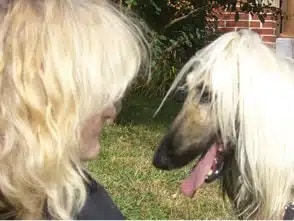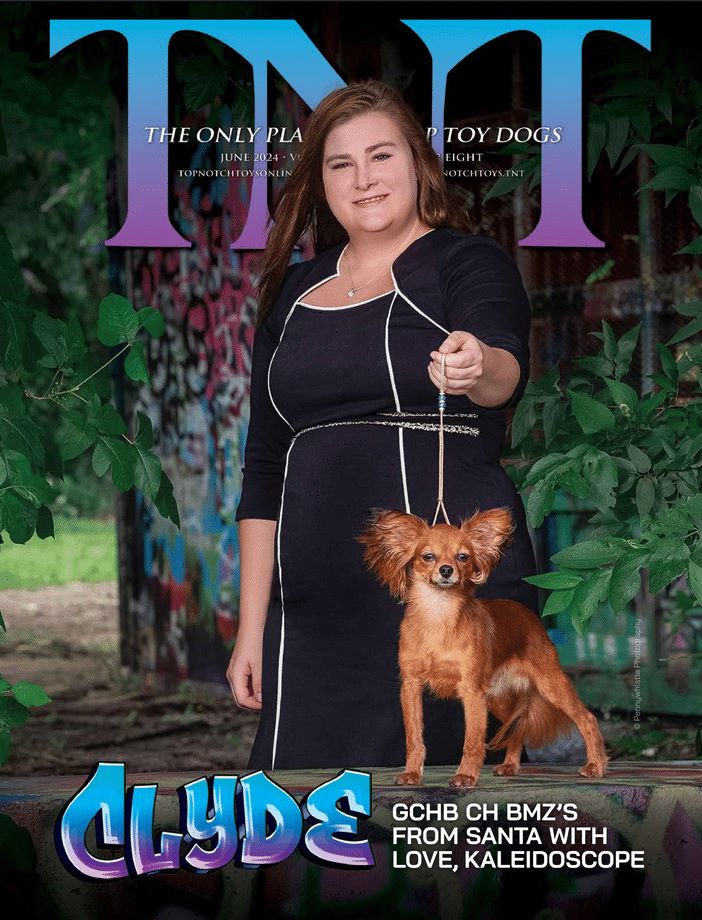The dog world is in a time of crisis, but how did we get to this point? I have been thinking about this for a long time and it has to do with generations, but not the ones people think about. It was not the generational divide created for marketing purposes using birth years on a calendar, but the generations of dog show people of all ages according to their entry into the dog world.
This has been the most influential factor as to how they think and feel and whether they stayed and succeeded or gave up and left. It affects how people see the dog world today, what they believe, how they behave, and what their goals are.
I place dog show people into the following “generational” groups. First are those who became involved in the first 30 years after WWII; the 1950s, 1960s, and 1970s. This includes both those who did so of their own volition, and those who were born into a dog show family.
Next came the people who joined the ranks in the 1980s and 1990s, then from the late 1990s until today. Each group was influenced and mentored by the generation prior. Some received positive advice—some, not so much! Even today, “old” ideas are being passed down way past their time, when mentors tell newcomers “that is what I was taught!”
Each group was influenced and mentored by the generation prior. Some received positive advice—some, not so much! Even today, “old” ideas are being passed down way past their time…
Up until the middle of the 20th century, people in the dog world were always positive and looking towards a brighter future. Dog shows were fun and included a great deal of socializing. Wars and economic issues were interruptions and obstacles, but they were always an outside influence while dog people kept their eyes on the future. I know from my own experience in the 1960s that many servicemen and women were posted to the United Kingdom, bought puppies there, and became involved in the dog show world—which continued upon their return to the United States.
One notable person was the late Lt. Col. Wallace H. Pede who, upon his return to the US, became a successful breeder/exhibitor of Afghan Hounds and went on to become an internationally known all-breed judge. Clubs created breed newsletters, and shows like Westminster and Crufts were packed with foreign visitors. Nobody had a clue that the biggest threat was on the horizon—the rise of the animal rights movement.
In the 1980s, the animal rights activism increased and the animal rights activists became more vocal and stronger. In the US they made dog breeding a target, with a national campaign against commercial breeders described as “puppy mills.” That name was very effective and was embraced by the general public, and by the dog show world. Twenty years later, it has been used online by one breeder against another.
We often hear about the large kennels of the past, but they have not existed for several decades. From the 1960s through the 1980s, the bedrock of the show dog world was the breeders with between 10 and 15 or 20 dogs. Through the ‘90s and into the 21st century, their numbers were dropping as many aged-out and retired, and others were faced with newly crafted zoning regulations.
By the end of the ‘90s, the Internet had arrived and became a major influence. First there were bulletin boards and forums, then e-mail lists and chat groups, and keyboard warriors dominated. Breeders became increasingly critical of other breeders, and in some breeds, newcomers were actively discouraged.
First there were bulletin boards and forums, then e-mail lists and chat groups, and keyboard warriors dominated. Breeders became increasingly critical of other breeders, and in some breeds, newcomers were actively discouraged.
At the beginning of the 21st century, more people became aware of the animal rights threat. Lawsuits by various animal rights organizations and foundations had attempted to have all breeders in the United States become subject to the Animal Welfare Act. You could call it the perfect storm. With the diminishing number of active breeders, and newcomers being turned away at the gate, the number of people able to fight back was also decreasing, and people coming into the dog world at that point were faced with a divergence of opinion.
My hope at the time was that more of the new people would see what was happening and help the dog world as we had known it to survive. There were those who were aware of the goals of the animal rights movement, and others who were doing their best to protect their own interests. Those who were in favor of all the increased controls demanded by the animal rights movement would say, “If you’re not doing anything wrong, it will not hurt you!” Anyone who opposed the legislation would be attacked. The question was—which side should the newcomer believe? Who would they believe?
The 21st century has seen new people coming into the dog world who would receive a lot of push back from old, established breeders who simply wanted to protect their own interests. At the turn of the century, the newly popular e-mail groups saw breeders, who rose up through the ‘80s and ‘90s, tearing down those who had been active since the ‘60s and ‘70s. Bragging rights were granted to those who could claim that they had bred the least.
This did vary from breed to breed, as it always depends on who is at the top. Where the people at the top wanted to see new people in the breed, newcomers were helped and supported—and so were their existing breeders. In other breeds, they were terrified of losing their place in the sun and did everything they could to discourage newcomers and warn them against existing breeders who were their competition.
There has been much discussion about the future, and that Juniors and young people are our future. Encouraging them is a good thing, but will they still be involved 20 years from now? What we need “today” are the 40-somethings and 50-plus empty nesters who could be active for the next 20-plus years, married, single or divorced, and who have a home of their own.
These are the people who could be showing dogs starting this year and for the next several years. Some could become breeders, but others will continue to buy their next show puppy from an existing breeder. They will join clubs—and they will be willing to work for them.
Clubs should not continue to ignore pet owners. Their next dog or the one after that could be a show dog! In the meantime, that new pet owner will happily handle the raffle tickets or refreshments at a show, as they will not be focused on watching what goes on in the ring. They can also monitor things like pending legislation that will affect all dogs, their owners, and their breeders.
If we are to change the status quo, we need to use fresh eyes on the future.










